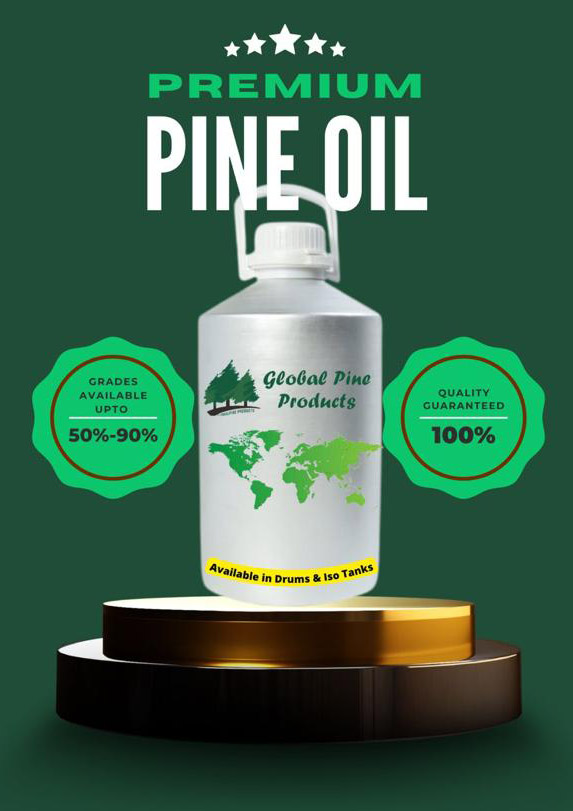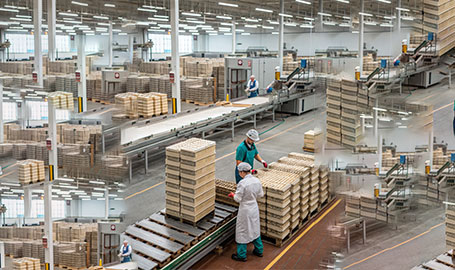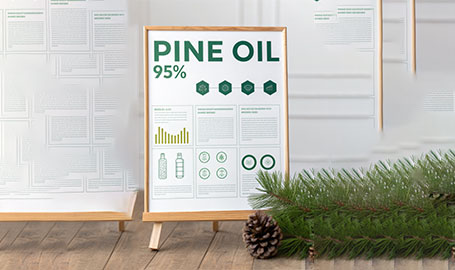Pine Oil 90% Manufacture in India
Pine oil 95% is, in fact, the general term of the product within the chemical industry, and it is called pine oil. It is indeed a high-quality natural product extracted from pine trees. It finds its applications in various fields such as household cleaners and aromatherapy. India has emerged as one of the major manufacturers of pine oil due to its resources and technical abilities.

What is Pine Oil 95%?
Composition and Properties
Pine Oil 95% is the pure pine oil component consisting of:
- α-Terpineol (Min 95%)
- Other terpene alcohols
- Impurities are minimal
- Appearance: Clear to pale yellow color
- Strong pine fragrance
- D. 0.930-0.965 at 25°C




.png)
